The first publication of the TÁJTÉKA (AREATHEQUE) Project will come out in September - we spoke with project leader Barbara Bozsik
The TÁJTÉKA Project, under the title Intelligent Landscape Toolkit of the Balaton Uplands, is organised by the Hungarian Contemporary Architecture Centre (Kortárs Építészeti Központ, KÉK), known for, among others, its Budapest100 and ArchiKids City Dreamers projects. These projects mainly involved organising exhibitions, conferences, festivals, training courses and workshops on architecture, urbanism, and urban communities.
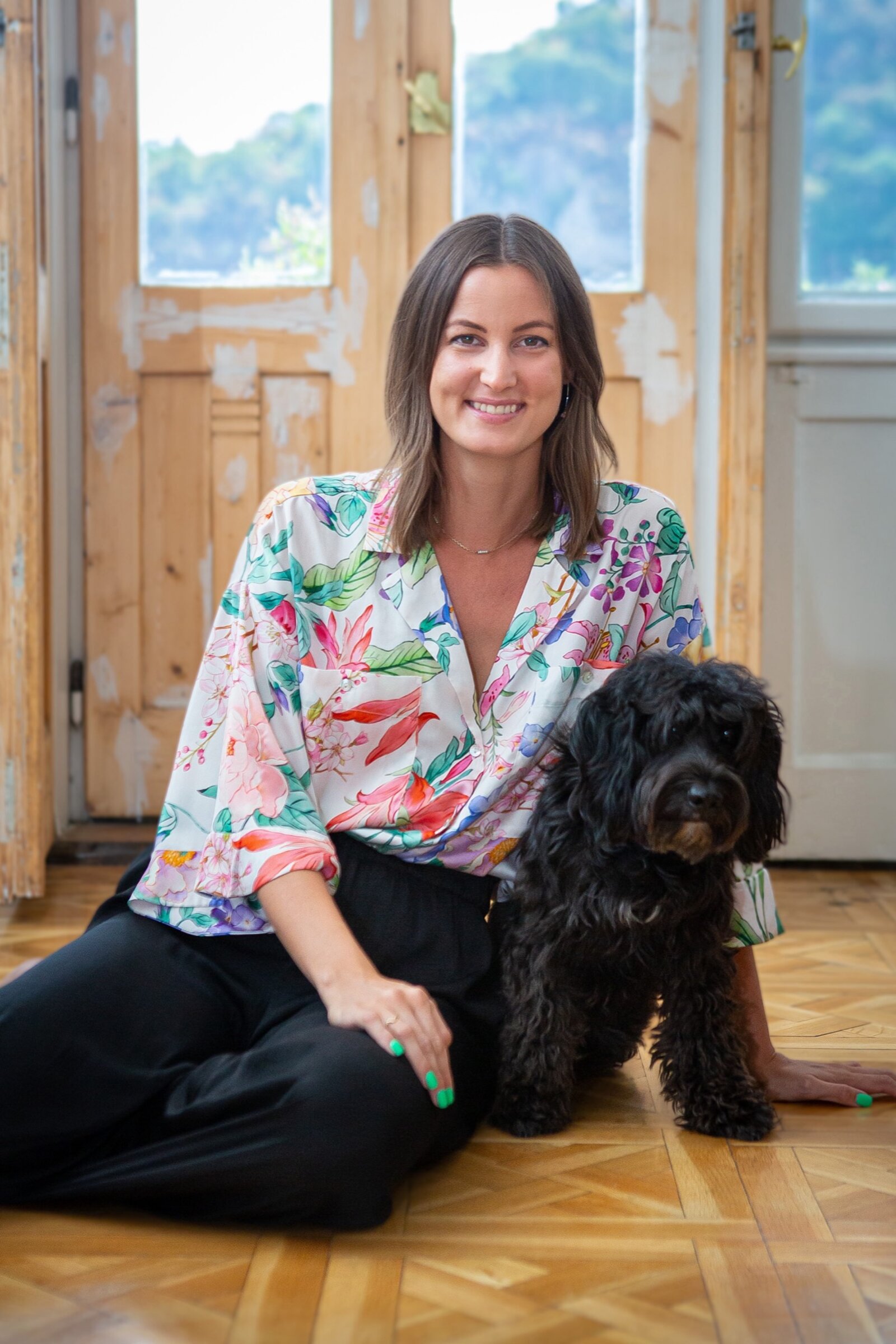
But what does intelligent landscape management mean?
TÁJTÉKA is concerned with the cultural landscape of the Balaton Uplands at a regional level. Our goal is to find, collect and showcase old and new values, practices and lifestyle patterns built on the true values of the people who live here or who want to acquaint themselves with the landscape. Intelligent landscape management is essentially about farming practices, sustainable lifestyles, experimentation, and adaptive changes to traditions that shape the landscape
- is Barbara’s answer to the question above.
She also tells us that the Contemporary Architecture Centre is not new to cooperation: they have worked on DANUrB (DANube Urban Brand) project, a cross-border regional network-building study focused on bringing together communities in the Danube sub-regions. The TÁJTÉKA project is implemented in the Balaton Uplands with similar aims and financial support from the VEB2023 ECOC Programme. Starting in autumn 2021, researchers from KÉK and ADI Studio spent half a year studying the role of communities in the area between Route 71 and 77 along Lake Balaton. Through face-to-face interviews, they followed four research patterns:
– Sustainable patterns and farms, i.e., sustainable ways of using the landscape;
– Traditions in motion, observing how certain traditions change;
– Experimental medium, focusing on the communities coming to the Balaton Uplands area, who have often shaped the landscape to their own desires and are therefore critical actors in the process; and
– Communities transcending ages that appear or disappear from time to time in the study area.
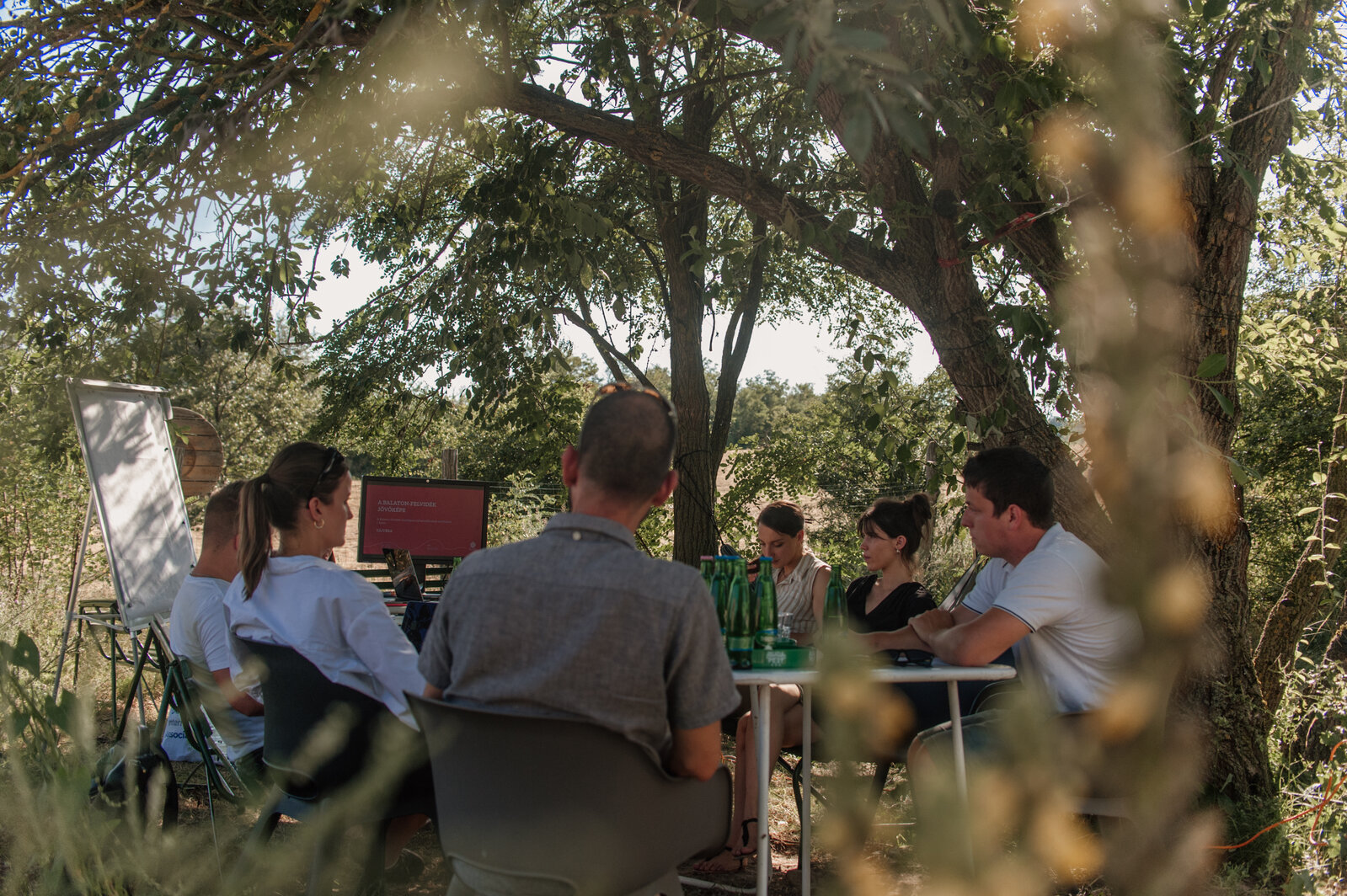
Photo: Edina Cseh
During the research, we looked at good practices that exist in the region: we talked to a lot of actors actively involved in landscape use, such as decision-makers, entrepreneurs, chief architects, farmers and active cultural organisations
- Barbara says.
The TÁJTÉKA Toolkit
The tangible result of the research is the TÁJTÉKA Toolkit. Its first volume, ‘A Balaton-felvidék jövőképe’ (The Vision of the Balaton Uplands) will be presented on 16 September at the Márffy House in the town of Lovas. It will mark an important milestone for the project. It is the first publication of the research results, developed around five themes: land use, built environment, lifestyle, visitors, and entrepreneurship.
We had investigated a vast scope of topics and found a wide range of results. As good practices in the publication, we looked at different lifestyle experiments, farming practices, and the proliferation of high-tech industries. We also checked what vision they can offer for the future of the residents and how they can help the region's ability to retain its workforce and sustain its cultural landscape. We spent a lot of time on the issue of the balance in the relationship between long-time locals and those who had only recently moved to a given area. We have realised that there are many threats to the cultural landscape and land use itself and that there are many examples of available solutions to counter these threats. In conclusion, we reflected on the region's vision for the future and put forward different scenarios.
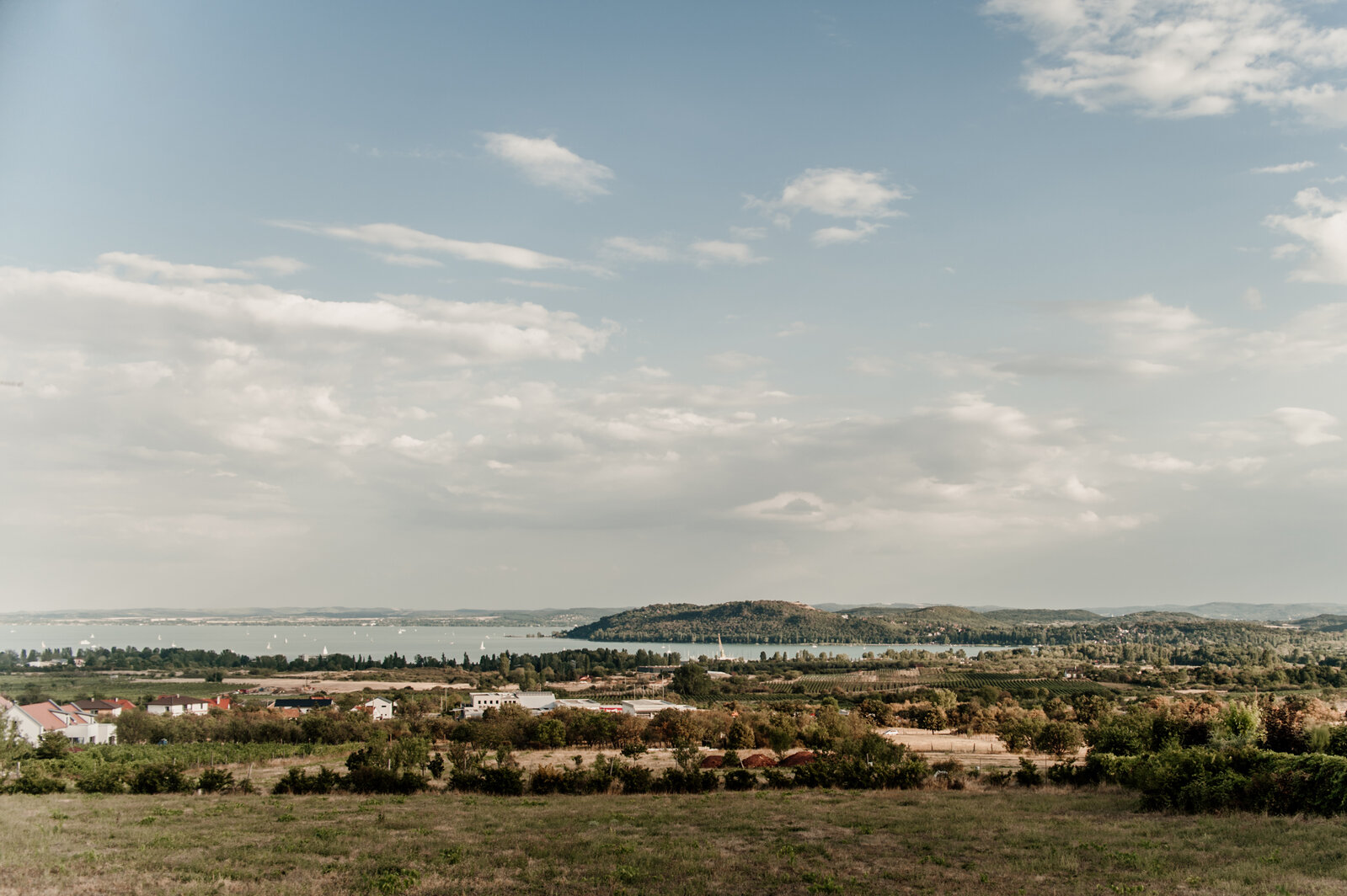
Photo: Edina Cseh
Next year, two further publications will be issued: the ‘Üdvözlünk a Balaton-felvidéken welcome pack’ (Welcome to the Balaton Uplands Welcome Pack), which will be a practical advice-based guide to the cultural landscape for residents, visitors and newcomers, and the ‘A Balaton-felvidéki kultúrtáj jó gyakorlatai toolkit’ (Good Practices of the Balaton Uplands Cultural Landscape Toolkit), which will answer the key question of how to make the local community landscape-aware.
While in the case of the first publication, it was important to base the vision on existing good practices and reach out to the relevant actors in the region, the next two publications will be developed together with these actors. We are currently working with three different groups, policymakers, professionals (architects, landscape architects) and cultural programme organisers, in a series of meetings that we hope will help them build networks across the region. The next two studies of the TÁJTÉKA Toolkit will be published in printed form by September 2023.
Launch events and diverse programmes
The first public event of the TÁJTÉKA Project took place in the Bánya (Mine) in Salföld on 21 July, and Barbara said it was very well attended by a very active audience.
That is exactly the purpose of such events and the project itself: to start a dialogue within the region. We believe in bringing together different interests on a community level through dialogue and being able to make progress on the issues arising. We plan to do the same with the book launch on 16 September, and we hope there will be a lively conversation about the book, and many important issues will be raised.
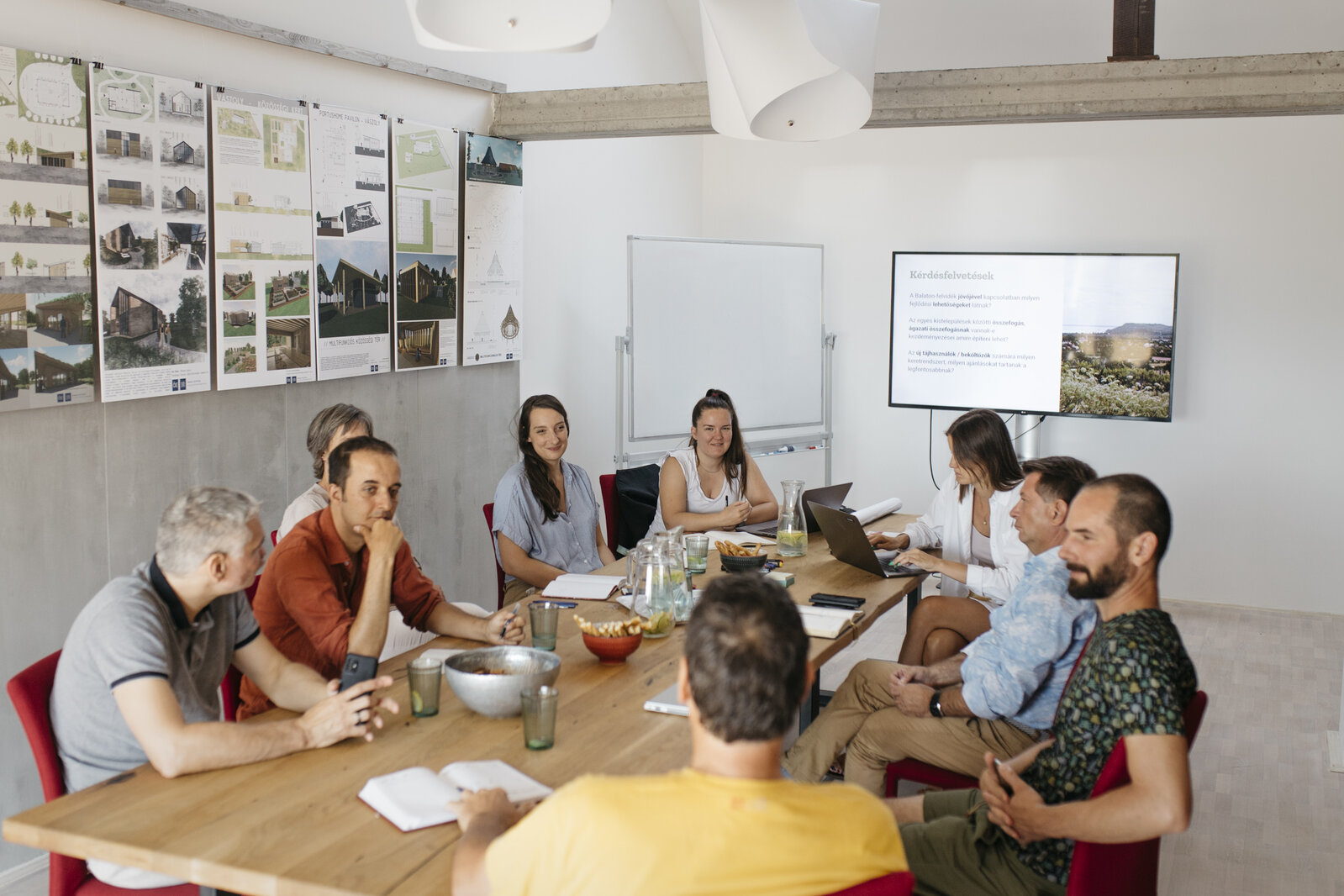
Photo: Alexandra Heim
The project will not end here. In 2023, in addition to the two new publications, they will prepare further workshops, walks around the Balaton Uplands, construction camps, a 'Feast of Ports and Cellars' and a series of events for families and children, including the 'Playful Balaton Uplands' series.
Through professional and community involvement, such as the Open House Weekend and the Urban Walks they ran during the Budapest100 project, KÉK already has several tried and tested methodologies to raise awareness of the architectural and environmental values surrounding us. We intend to adapt these methodologies to the Balaton Uplands region over the coming year. To do this, we need to find the right implementing partners so that later, after 2023, the communities can continue them on their own.
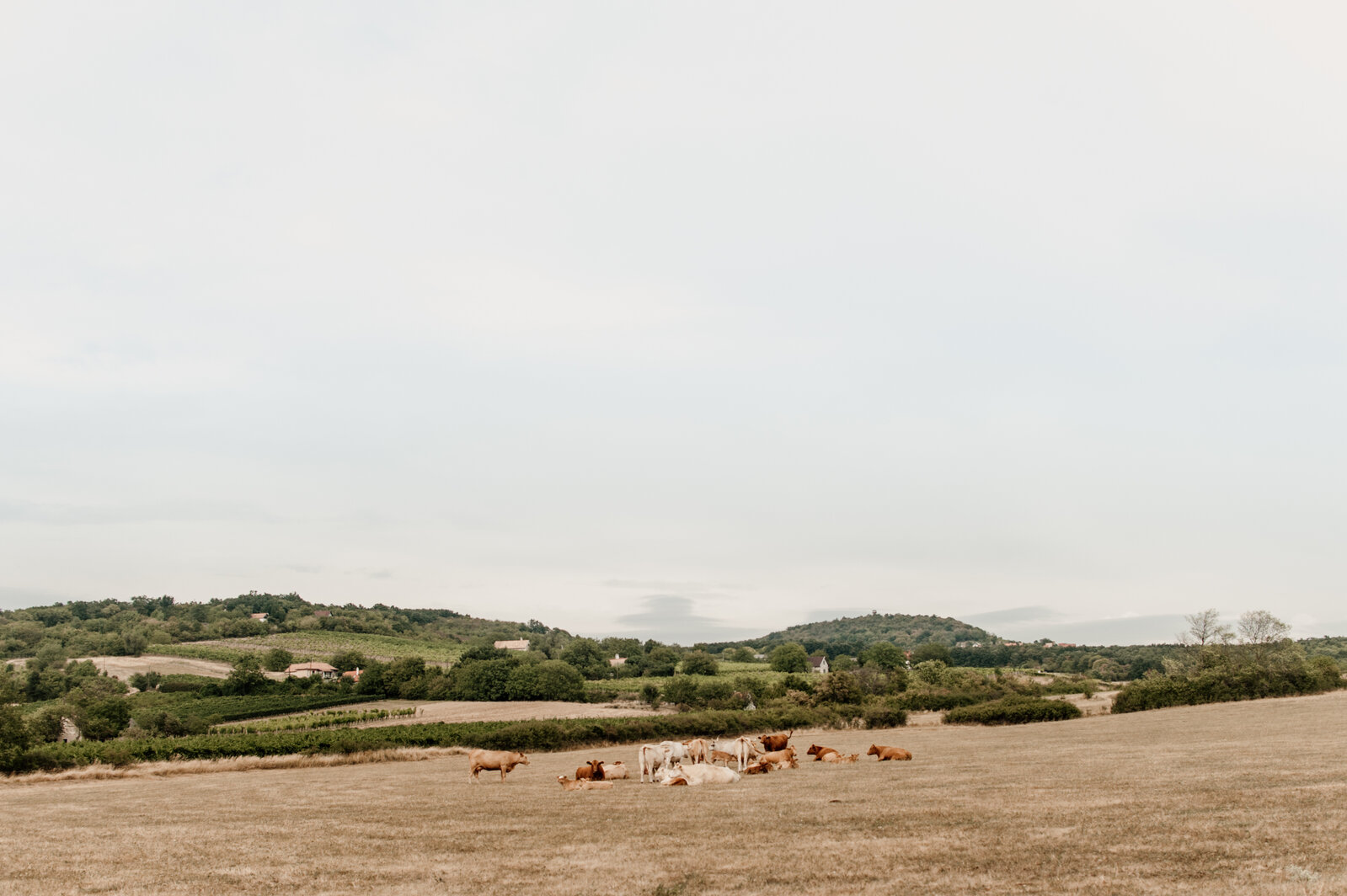
Photo: Edina Cseh
